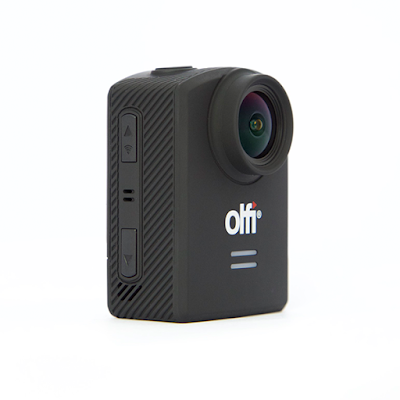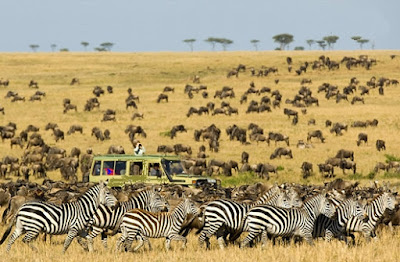I can still remember when action cameras were a thing of the future. It was difficult taking beautiful pictures while on extreme situations because photographers, back in the day, had to endure weight, sunlight, and other external factors just to capture beautiful images. Fast forward to today, we’re blessed with action cameras that are convenient and powerful. Thinking of buying one for your travels? Here are the greatest action cameras (so far).
Image source:cnet.com
GoPro Hero5 GoPro’s Hero5 is a bestseller for all the right reasons. It has stunning 4K video quality, takes breathtaking photos at 16 megapixels, it only weighs 118g, and it is waterproof, even without its housing! The best news is, you won’t have to break the bank to buy it. It only costs around 370 USD!
Veho Muvi K2 Pro If you’re running on a budget, and do not need a waterproof action camera, the Veho Muvi K2 Pro is a good choice. It takes 12 megapixel stills with 4K video quality. It also comes with a carry case, mounts, and an LCD touchscreen. Its 1,500 mAh battery can handle up to three hours of nonstop recording.
Image source:olfi.co.uk
Olfi One.Five The Olfi One.Five has a sleek design that makes a mark from all the other action cameras. It weighs 56g, but it needs a case for it to be waterproof. You can take beautiful HDR videos in super slow motion, too! It may be a budget camera, but its shots are not cheap at all!
Hi there, Keith W. Springer here. I’m a retired photographer from New York City. Even if I’m in my golden years, I still enjoy taking pictures of nature, National Parks, and other travel destinations. Learn more about photography when you visit this blog.












